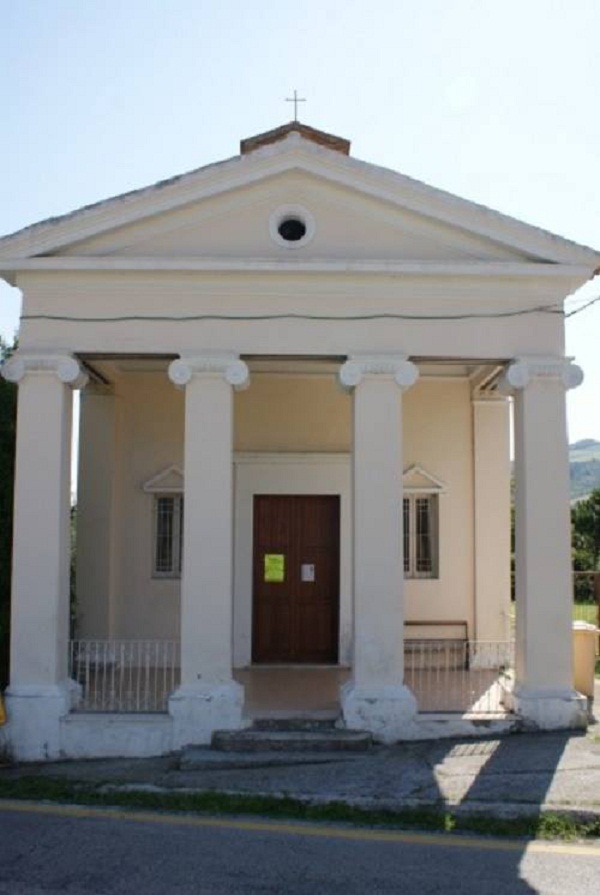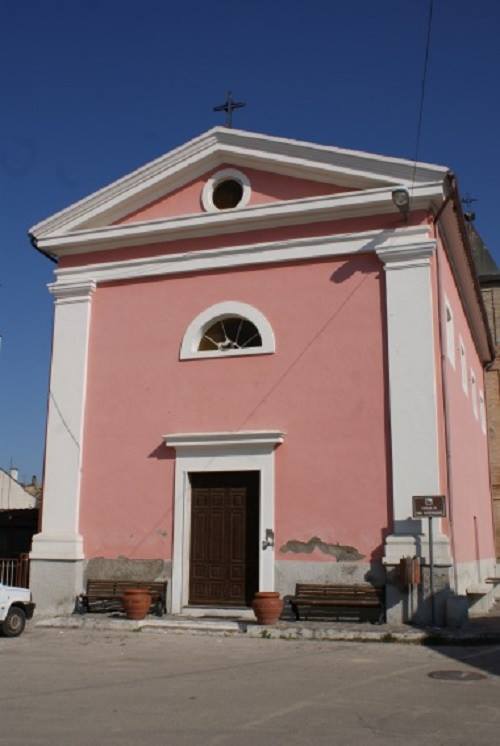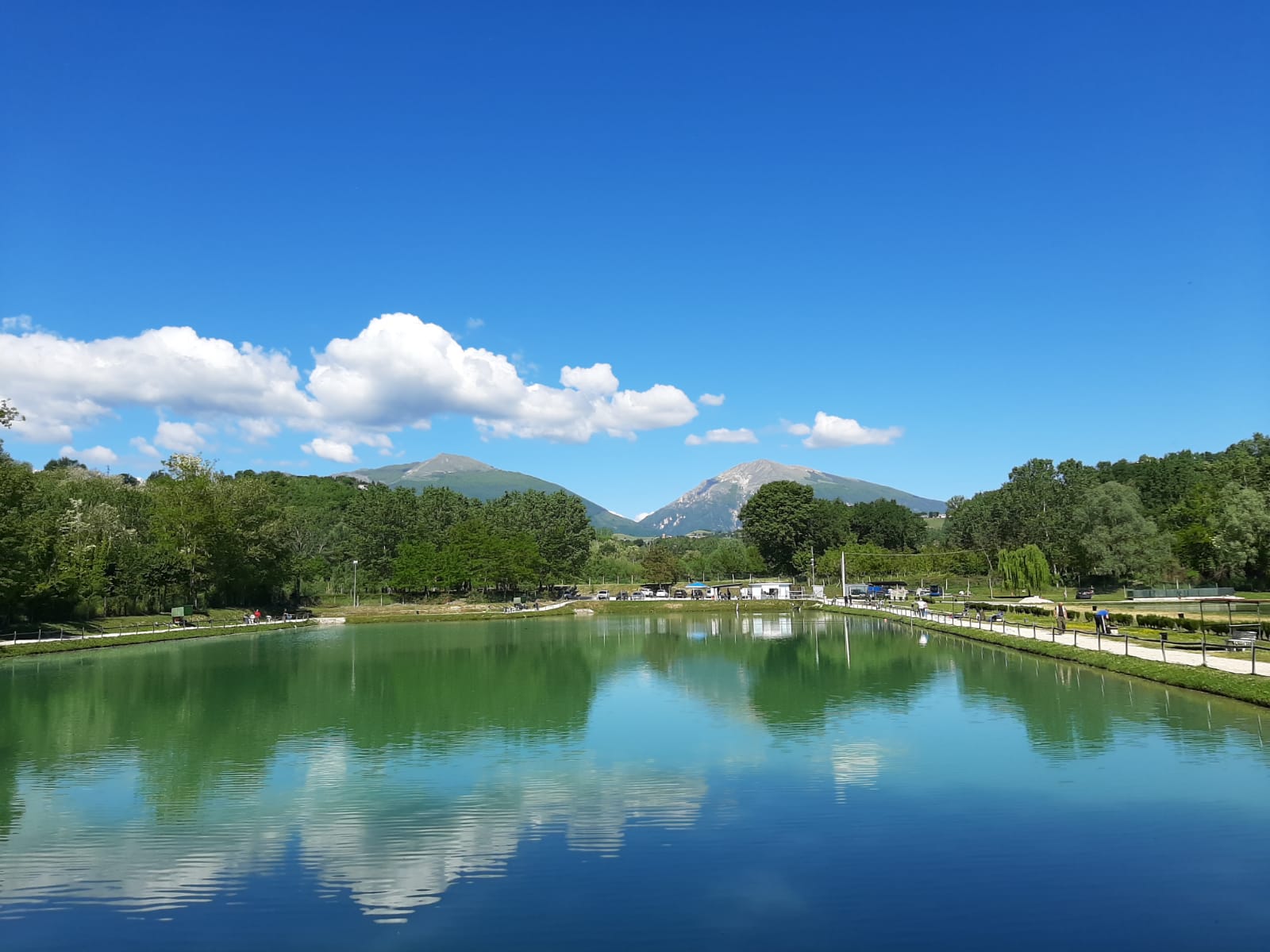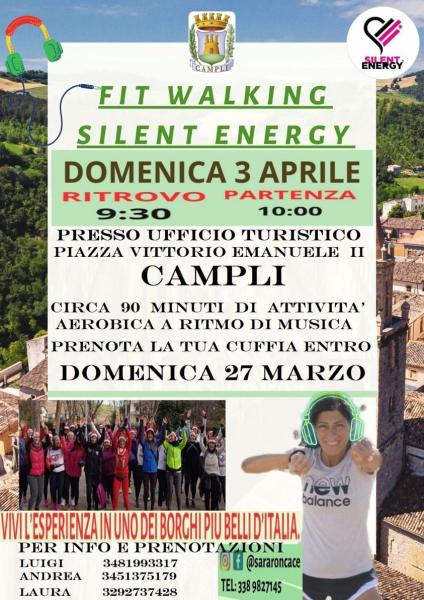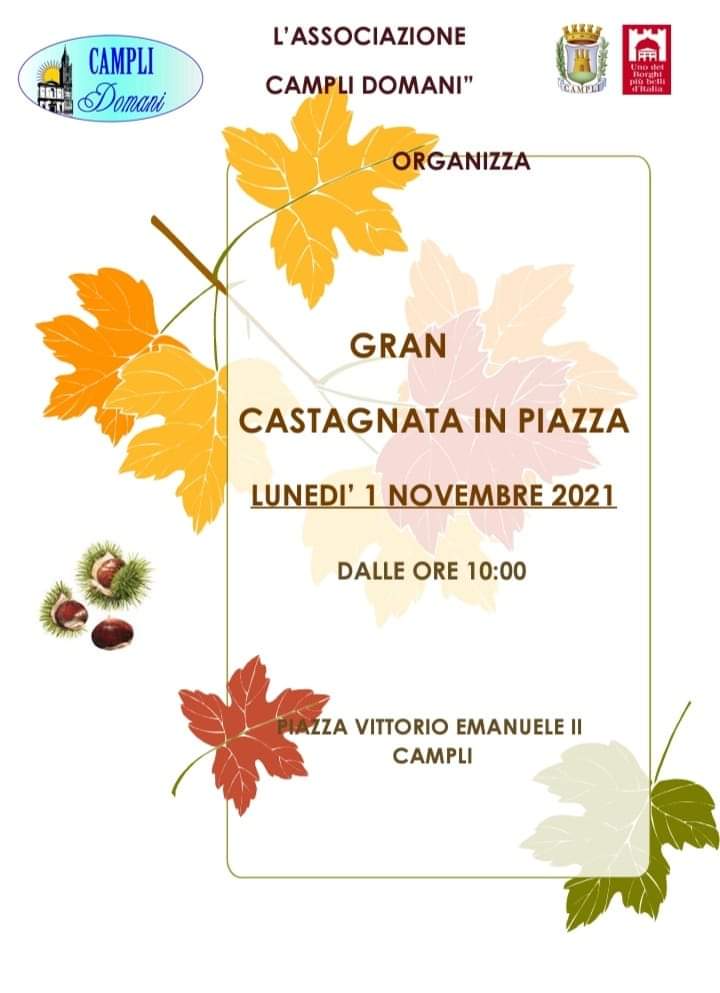Piancarani
The Piancarani di Campli hamlet has a part of the nineteenth-century and modern town. In ancient times it stood at the Fonte di S. Paterniano, on a plateau called "Piana di Ariano", guarding the Fiumicino stream.
A new group of houses, preceding the current village, was built in the seventeenth century. Ancient documents show how Piancarani in 891 was known as "Casale Nominale Ancarano", known as "Plano de Ancariano" in 986. On the nearby Colle Ottaviano, between Pagannoni and Piancarani, the ruins of the castle of "Ripa Candone" which controlled the two centers as well as that of Boceto, owned by the Candoni family. Also included in the feud is the Church of S. Stefano (still existing in the homonymous district) built on the remains of a Roman villa, of which it retains some blocks of travertine. Inside there is a frieze from the Lombard period and a fresco on the altar (St. Stephen in adoration of the Madonna and Child on the throne); on the façade, a fine Renaissance portal from 1424.
In the center of the town, the Parish Church of S. Paterniano; outside the town the small Church of S. Anna. The toponym derives from the Latin name “Anc (h) arius” and from the word “plano” (piano). Nicola Palma asserts that the denomination “Ancarani” of the church of S. Stefano could suggest a nearby presence of a temple dedicated to Ancaria, an ancient Etruscan divinity worshiped in the Piceno area.
